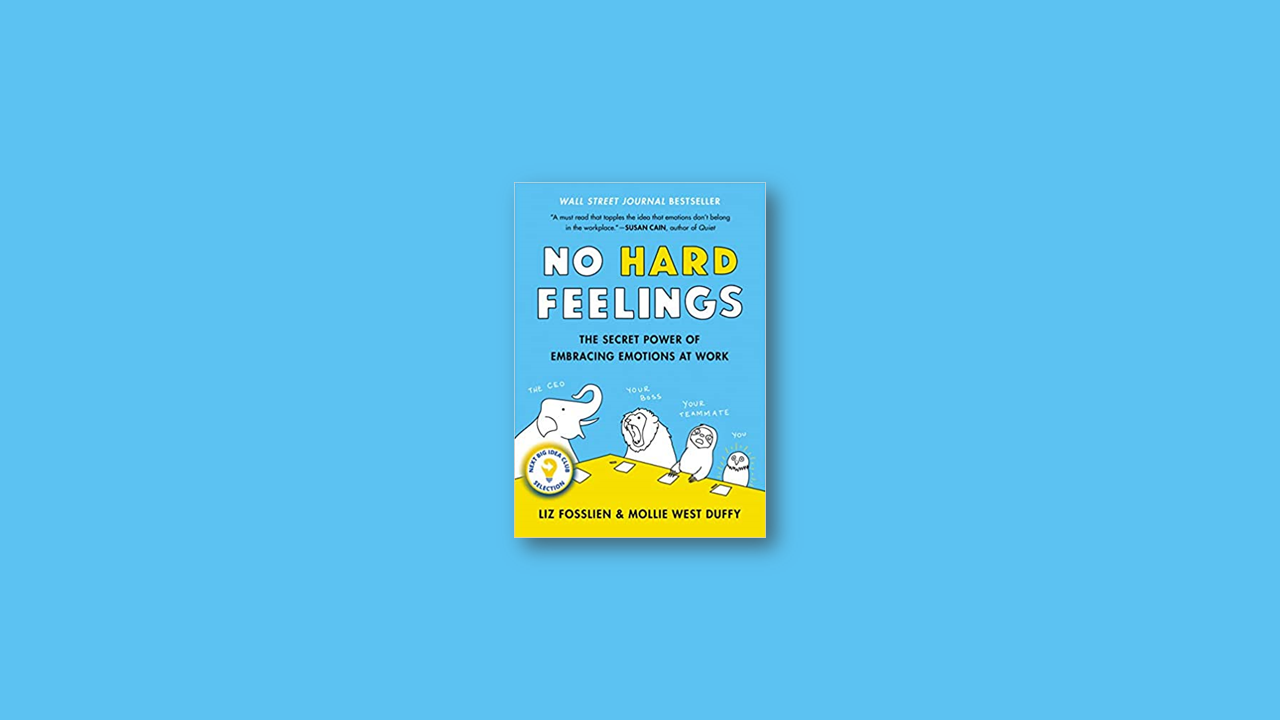Our Dirty Brains At Work
The first step to feeling better is to notice your cognitive distortions, or the dirty tricks your brain plays on you. Psychologist Martin Seligman identified the “three Ps” we tend to focus on after a negative event:
- Personalization: thinking that the event is all your fault
- Pervasiveness: thinking that the event is going to ruin every aspect of your life
- Permanence: thinking you are going to feel like this (e.g., bad) forever
Be responsible but don’t beat yourself up.
Instead of immediately thinking, “I’m the reason we lost the client,” try to look at what happened more objectively. On any project, issues will come up that are beyond your control. Own up to your mistakes, but don’t needlessly blame everything on yourself.
Distance yourself from the situation.
Try to look at your situation through someone else’s eyes. Ask yourself, “What advice would I give to a friend who felt similarly?” This question forces you to step outside negative thinking patterns. Lastly, remember your thoughts are simply that: thoughts. Acknowledge them, but recognize they are not inevitable truths (even if they feel true).
Swap skills.
Schedule time with a coworker or friend to teach each other something new. For example, Liz once helped a colleague learn how to use Adobe Illustrator, and he then walked her through his top email marketing tips.
Motivation can be jump-started.
You can increase your sense of autonomy, find more meaning or purpose in your work (or zero in on the parts of your job that could become meaningful), reframe work as a place of learning, or make more friends at work. But if you’ve made these major changes and you still dread waking up every morning, we have one word of advice: quit. Life is too short to spend time being unmotivated for (at least) eight hours a day.
If you’re asking for more money try this magic line:
“I don’t want my salary to be a distraction to me while I’m in this role.” The author has used this sentence to successfully raise her starting salary at several jobs. By saying you don’t want your salary to be a distraction (i.e., distractingly low), you are stating a fact that both you and the other person believe to be true.
“Say more about that”
Roshi Givechi, a former partner at IDEO, recommends asking team members to “Say more about that” and advises suggestions be given only after a “scaffolding of thoughtfulness” has been established. When your team members resist speaking up out of fear, consider this: have team members throw out purposefully absurd ideas or ask them to come up with the worst suggestion they can think of. This exercise takes the pressure off and allows team members to be silly and adventurous.
“Yes and …”
To appear more agreeable, first agree and then express your thoughts. Make “Yes and . . .” your catchphrase.
A good rule when saying “I’m sorry” is to stop after those two words.
The fastest way to enter faux apology territory is to append “if [my rude behavior] made you feel that way.” Don’t imply the other person is being overly sensitive—take ownership of your mistake. And then explain how it won’t happen again. “I didn’t proofread the deck carefully enough before I sent it to the client, so there were several typos. I’m sorry, and it won’t happen again. Next time, I’ll slow down and have someone review my work.”
C.O.I.N.S. (Context, Observation, Impact, Next, Stay) Feedback Model
- Context: I know you want to move into a more senior position this year, and I want that for you too. Observation: You’ve been late to several key meetings.
- Impact: This makes your fellow colleagues feel like you don’t respect their time.
- Next: Can you commit to being on time to meetings in the future?
- Stay: Does that make sense to you? I’m happy to continue to work with you on this.
“When you…, I feel….”.
To talk about feelings without letting them hijack the discussion, business school students at Stanford learn to use the phrase, ”When you , I feel .”
Ask people when and how they prefer to receive feedback.
Most feel good when they receive an appreciation in public, the rest however may not feel so comfortable to steal the spotlight.
Enterview your new hires to alleviate first-day nerves.
To counteract first-day-on-the-job nerves, IDEO’s San Francisco office gives new hires an “enterview” (a mash-up of enter and interview). Everyone who interviewed the new hire shares why they’re excited for that individual to join and what necessary skills they bring to the team. These comments are written on a fold-out card that says, “Dear [new employee’s name], we think you’re kind of a big deal, and here’s why.”
Appoint one person to be an objective observer in every meeting.
That person’s job is to record group dynamics, noting who speaks the most, who isn’t given any time to speak, and who keeps talking over other people. At the end of the meeting, have the observer suggest ways to improve group dynamics.
As a leader, you work for your team, not the other way around.
Finally as a leader, let it be known that you work for your team, not the other way around.
One leader Gershon talked to said she takes every new member of her team out to lunch in the week they start and says things like, “You don’t work for me, I work for you . . . my job is to make sure you can do your job well. And one day, you’re going to leave this job. . . . When you want to leave this job, I hope to be here to help you move on to the next job.”

